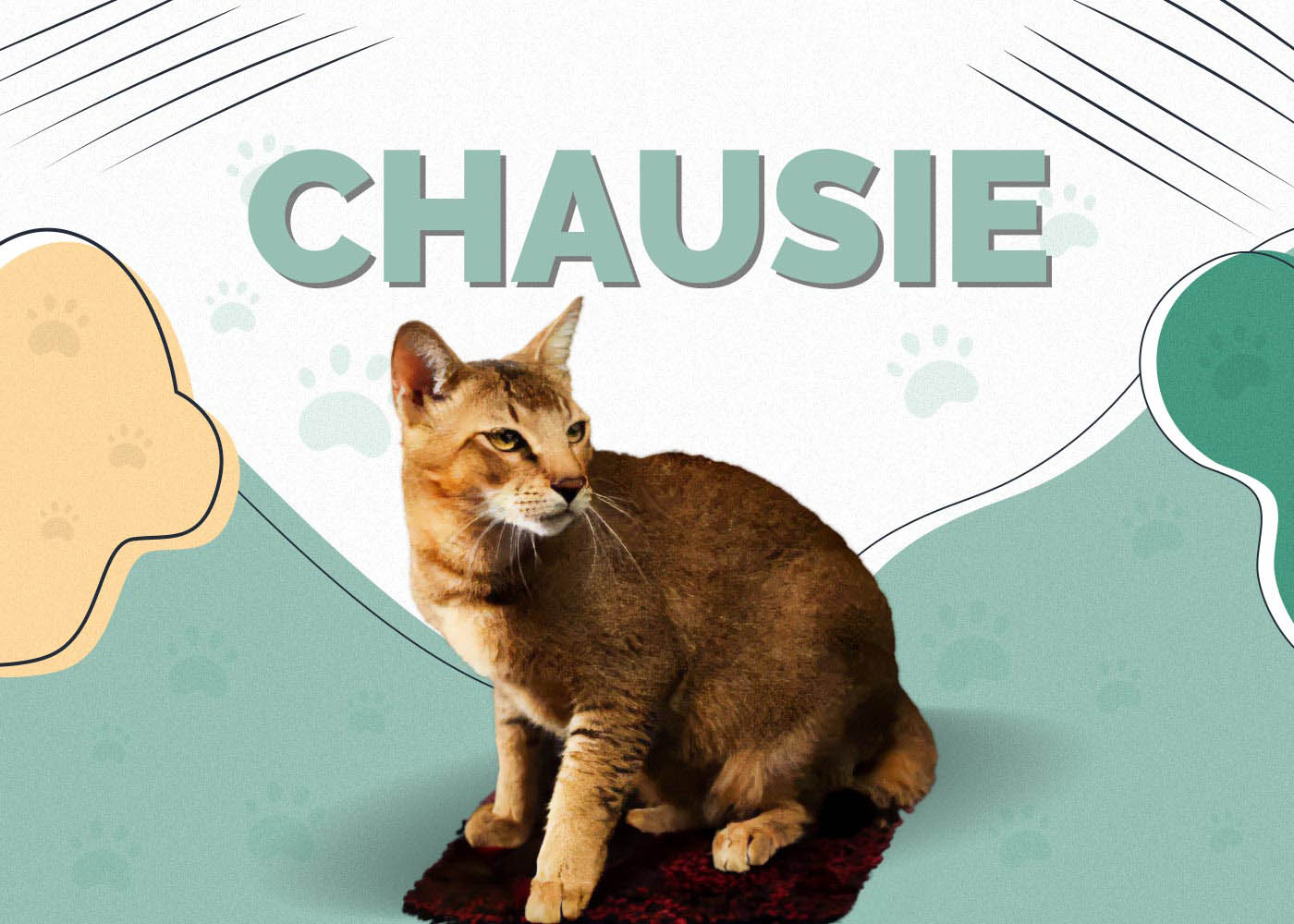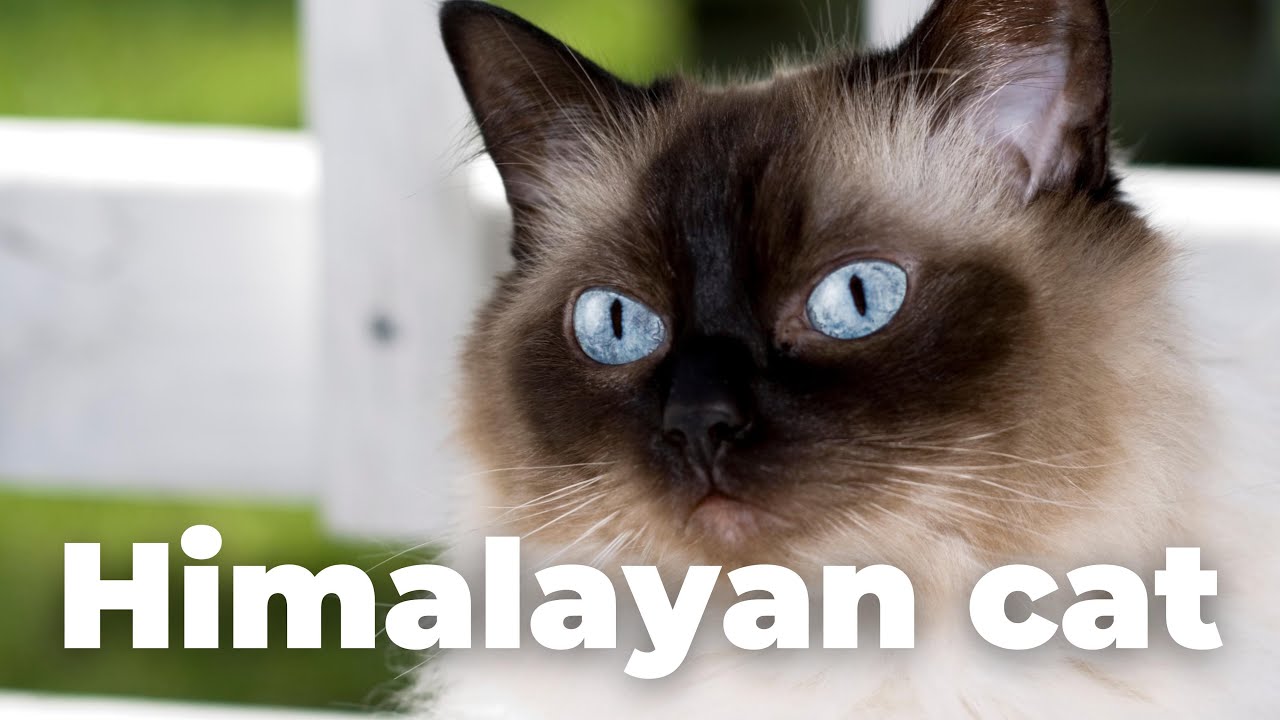Turkish Angora Cat Breed Guide: Elegant Beauty with a Spirited Soul
The Turkish Angora is more than just a pretty face. With its silky, flowing coat and bright, intelligent eyes, this breed has captivated cat lovers for centuries. As one of the oldest natural cat breeds, the Turkish Angora brings together regal elegance, playfulness, and loyalty in a graceful feline companion.
In this complete guide, you’ll learn everything you need to know about the Turkish Angora — from its history and characteristics to how to care, train, and choose one, plus a breakdown of its pros, cons, and price.
📜 Breed Profile
- Breed Name: Turkish Angora
- Origin: Turkey (Ankara)
- Breed Type: Natural
- Size: Small to medium
- Weight: 5 – 10 lbs (2.3 – 4.5 kg)
- Lifespan: 12 – 18 years
- Coat Type: Medium to long, silky, single-layer
- Eye Color: Blue, green, amber, odd-eyed (one blue, one amber/green)
- Colors: White is classic, but also seen in black, cream, red, blue, and tabby patterns
- Temperament: Affectionate, intelligent, agile, curious
- Energy Level: High
- Hypoallergenic: No
- Good for Families: Yes
- Good with Other Pets: Usually, if socialized early
🧬 History and Origin
The Turkish Angora has a rich heritage dating back to the 15th century and possibly earlier. Originating from the Ankara region (formerly Angora) in Turkey, this breed was treasured by Ottoman royalty and regarded as a symbol of elegance and nobility.
It is one of the first long-haired cat breeds introduced to Europe. However, due to popularity of Persian cats in the 19th century, Turkish Angoras nearly vanished. Thankfully, breeders in Turkey and later in the U.S. worked to preserve and revive the breed, especially the classic white variant.
The breed was officially recognized by CFA (Cat Fanciers’ Association) in 1973, and remains a rare but beloved companion worldwide.
🌟 Physical Characteristics
✨ Appearance
- Body: Slender, fine-boned but muscular
- Head: Small to medium, wedge-shaped with a slightly rounded muzzle
- Ears: Large, wide at base, pointed, and upright
- Eyes: Large, almond-shaped; expressive
- Coat: Silky, no undercoat, flows with movement
- Tail: Long, plumed, and flowing like a feather
🌈 Coat Colors
While white is the most iconic Turkish Angora color, they come in a variety of hues:
- Solid: White, black, blue, red, cream
- Tabby: Classic, mackerel, spotted
- Tortoiseshell and Dilutes
- Bicolor and Calico
Note: In Turkey, the white Angora with odd-colored eyes is especially revered.
💖 Personality and Temperament
Turkish Angoras are not just about looks — they’re full of charm and smarts.
Key Personality Traits:
- Affectionate: They love their people and often bond closely with one person
- Playful: Always ready for a game of fetch or chase
- Curious: Will explore every nook and cranny of your home
- Energetic: Not your typical lap cat — they like to stay active
- Intelligent: Can learn tricks, open doors, and outsmart pet gates
- Social: Can get along with other pets, especially if raised with them
They often take on a “supervisory” role at home, watching your every move and offering their “help.”
🧠 How to Train a Turkish Angora
Despite their royal background, Turkish Angoras are highly trainable thanks to their intelligence.
1. Litter Training
- Naturally clean, Turkish Angoras pick up litter box habits quickly.
- Use a consistent location and clean it daily.
2. Basic Commands
- Use positive reinforcement with treats or praise.
- Start with simple commands like “sit,” “come,” or “stay.”
3. Clicker Training
- Clickers can be used to reinforce good behavior or teach tricks.
- Ideal for a breed that loves mental stimulation.
4. Leash Training
- Start indoors with a harness and slowly transition outside.
- Turkish Angoras can enjoy leashed walks due to their adventurous nature.
5. Discourage Bad Habits
- Redirect biting or scratching behaviors using toys.
- Avoid punishment — use redirection and rewards instead.
🛁 How to Care for a Turkish Angora
Despite their fluffy coat, they are relatively low maintenance.
🧴 Grooming
- Brushing: 2–3 times per week is enough due to lack of undercoat
- Bathing: Only when necessary, their fur is naturally dirt-resistant
- Nail Trimming: Every 1–2 weeks
- Eye Cleaning: Especially for white/odd-eyed Angoras prone to tearing
- Ear Cleaning: Monthly, using pet-safe solution
🍽️ Diet
- High-protein, grain-free diets are ideal
- Mix of wet and dry food keeps their coat glossy and body healthy
- Fresh water at all times — a cat fountain is recommended
🧠 Mental Stimulation
- Puzzle toys, cat trees, and interactive games are crucial
- Rotate toys to prevent boredom
- Spend time daily engaging with your cat
🏃 Physical Activity
- Provide vertical space (cat towers, shelves)
- Play sessions: At least 15–30 minutes daily
- Laser toys, wand toys, and tunnels work well
🐾 How to Choose a Turkish Angora
1. Adopt or Buy from Reputable Sources
- Look for breeders registered with CFA or TICA
- Check reviews, visit catteries, and ask to meet the kitten’s parents
- Avoid backyard breeders or pet shops
2. Health Certifications
- Ensure the breeder tests for hypertrophic cardiomyopathy (HCM) and ataxia
- Ask for vaccination and deworming records
3. Kitten Behavior
- Choose a curious, friendly, and playful kitten
- Avoid overly shy or aggressive individuals unless experienced with behavioral rehab
4. Color Preference
- Decide if you want the traditional white or explore the many color variants
✅ Pros and ❌ Cons
✅ Pros
- Elegant and unique appearance
- Highly intelligent and trainable
- Playful and active
- Affectionate with family
- Low-shedding despite long fur
❌ Cons
- High energy may not suit quiet homes
- Needs daily interaction or can get bored
- Not hypoallergenic
- May develop genetic heart issues (HCM)
- Rare breed — can be expensive and hard to find
💰 Price of a Turkish Angora
In the United States and Worldwide:
- Pet-quality kittens: $800 – $1,500
- Show/breeder quality: $1,500 – $3,000+
- Odd-eyed white Angoras (rare): $2,000+
Additional Costs:
- Initial setup (litter box, carrier, toys): $300 – $500
- Monthly maintenance (food, litter, health): $60 – $120
- Annual vet care: $200 – $500
Adoption Option:
Turkish Angoras occasionally appear in breed-specific rescues. Adoption fees range from $100–$400 and include vaccinations, neutering, and basic health checks.
🏁 Final Thoughts: Is the Turkish Angora Right for You?
The Turkish Angora is an extraordinary cat with beauty, brains, and boundless energy. Whether you live in a family home, an apartment, or somewhere in between, this cat brings personality, elegance, and companionship like no other.
However, they require time, attention, and mental engagement. If you’re looking for a lazy lap cat, this breed might not be the best fit. But if you want a playful, intelligent, and striking feline friend who will follow you around the house and entertain you daily — the Turkish Angora is a perfect match.




